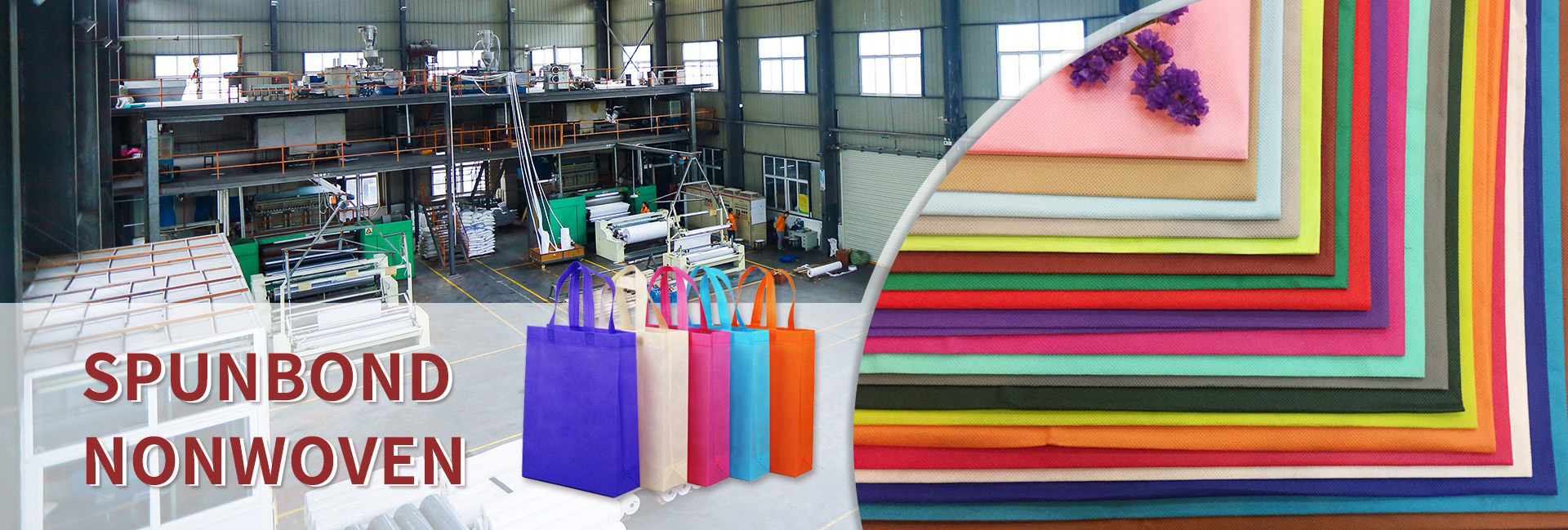There are many non-woven products, and non-woven tote bags are a common type of non-woven product. The production of non-woven tote bags is very simple, energy-saving, and environmentally friendly, making them a very popular tote bag nowadays. The following is the production process of non-woven tote bags, summarizing the key steps and technical points of each link:
Preliminary preparation
Design and plate making
Determine the size, color, and printing pattern of the handbag according to the requirements. The design manuscript needs to be repeatedly checked to avoid printing errors.
The plate making process is completed by professional masters, and the quality of the plate directly affects the printing effect.
Raw material selection
Choose non-woven fabric with smooth surface and hard hand feel (mostly made of polypropylene material) to enhance printing effect and load-bearing capacity.Some scenes require the addition of functional additives such as flame retardants and anti-static agents.
Why choose fabrics with a glossy surface? This is because the surface of the fabric has a glossy finish, which prepares for later printing. One is good printing, and the other is that the printed effect will be very good. In this way, the overall effect will be very prominent, and such shopping bags will definitely be loved by a large number of consumers when taken out.
Production process
Cutting and slitting
Cut the large roll of non-woven fabric into “three sided connected body” (front and rear panels+bottom), side strips, handle straps and other components according to the design size, with an error controlled within 1cm.
Complex bag shapes require template assisted cutting.
Printing process
Screen printing: suitable for small batch orders, manually printed piece by piece, with high pattern fullness but low efficiency.
Machine printing: Large quantities of orders are processed using automated equipment, which is efficient and cost-effective.
When printing, it is necessary to ensure that the text/pattern size is accurate and avoid color cast or blurriness.
Sewing and Forming
Sew the printed fabric with components such as handle straps and side strips, and use an industrial sewing machine to ensure a secure seam.
Some high-end products require edge wrapping treatment (such as manual edging) or handle reinforcement (such as cross reinforcement technology) to enhance aesthetics and durability.
Post processing and quality inspection
Forming and organizing
Using a hot press machine to shape the finished product, stabilize the bag shape, and eliminate wrinkles.
Remove defects such as loose threads and stains to ensure a neat appearance.
Quality inspection
Check for dimensional errors, printing clarity, stitching strength, and load-bearing capacity, and remove non-conforming products for rework or scrap.
Packaging and Shipping
Qualified products are packaged in waterproof woven bags according to the standard of 500-1000 pieces/bag, and logistics or express transportation can be selected according to demand.
Process optimization and cost control
Batch production: using machine cutting, automated printing, and assembly line sewing to reduce labor costs by .
Environmental requirements: Use biodegradable polypropylene material to meet the requirements of environmentally friendly packaging.
Through the above process, non-woven tote bags can balance functionality, aesthetics, and economy, and are widely used in retail, advertising, and other fields.
Dongguan Liansheng Non woven Technology Co., Ltd. was established in May 2020. It is a large-scale non-woven fabric production enterprise integrating research and development, production, and sales. It can produce various colors of PP spunbond non-woven fabrics with a width of less than 3.2 meters from 9 grams to 300 grams.
Post time: Mar-27-2025

